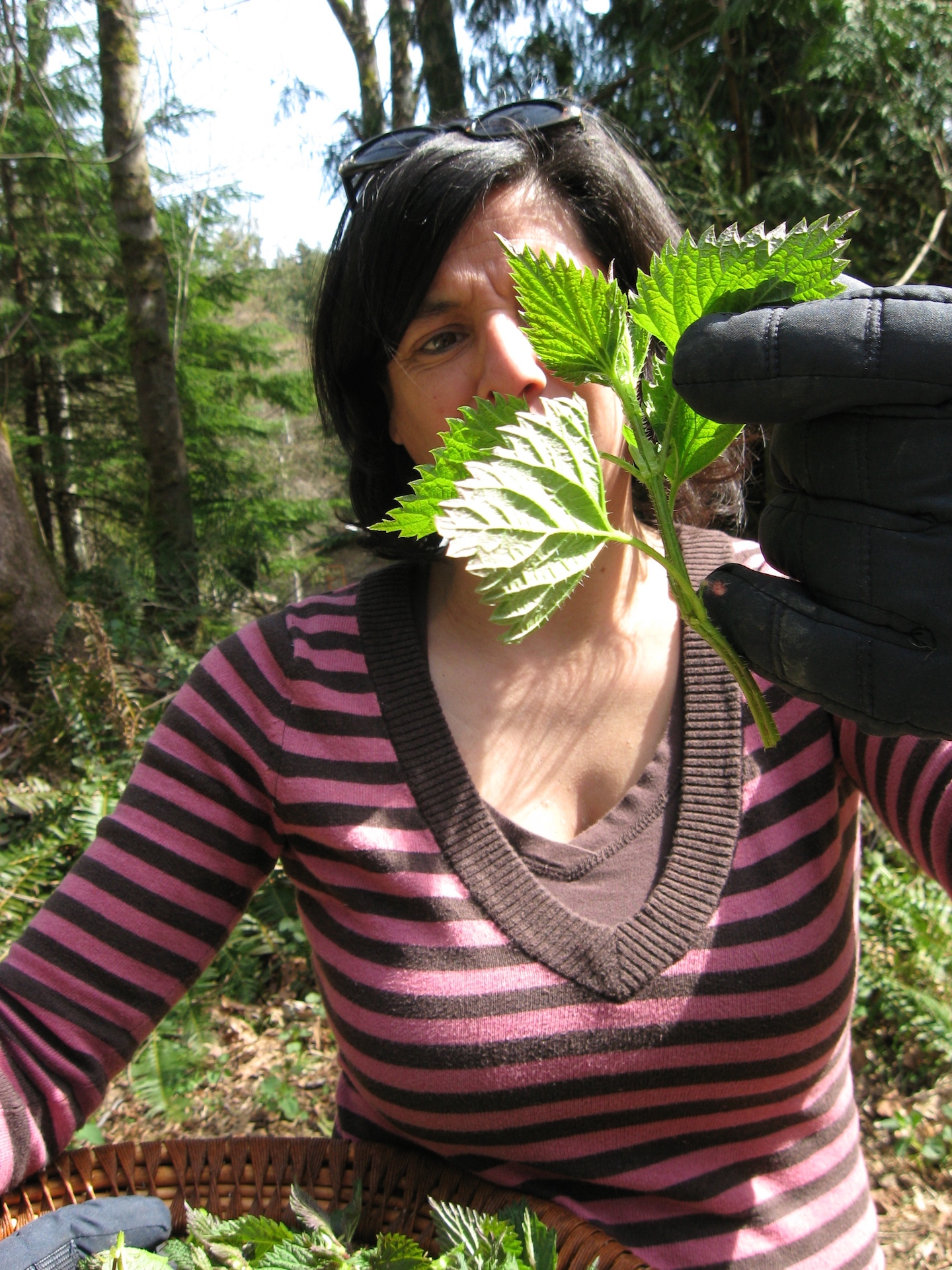Seedling flat mix
- 2 parts compost or worm castings
- 2 parts peat moss
- 1 part vermiculite, pre-wet
Seed mix
- 2 parts screened compost or worm castings
- 4 parts sphagnum peat
- 1 part perlite
- 1 part vermiculite
- Lime as needed to adjust pH to 6
Seed mix – standard soilless
- 50–75% sphagnum peat
- 25–50% vermiculite
- 5 lbs of ground or superfine dolomitic lime per cubic yard of mix
- Blood meal, rock phosphate, and greensand at 5 to 10 lbs per cubic yard
MAIN INGREDIENT INFO
- Sphagnum peat moss
o Material and Description Peat is a common ingredient in soilless mixes because it is widely available, relatively inexpensive, and has desirable physical characteristics. It holds a lot of water and air and decomposes very slowly. Barks—even aged barks—should be avoided as seedling mix components because they immobilize nitrogen.
o Characteristics Peat is quite acidic (pH of 3.5–4.0); limestone is usually added to the mix to balance the pH. Add about 5–15 lb lime per cubic yard for mixes containing 70% peat. Peat is not a source of plant nutrients. Color varies with extent of decay; lighter-colored peats (grower or professional grade) provide more aeration. Finer, darker peats (retail grade) are used as a soil amendment.
o Common Usage Often makes up 30–80% of the mixes. Blending equal parts peat and compost results in desirable pH range.
- Perlite
o Material and Description Is a silica-based volcanic rock that has been heated using natural gas, causing it to expand and become less dense. It improves aeration and water holding capacity of mixes.
o Characteristics Perlite is sterile and has a neutral pH.
o Common Usage Typically makes up 30–50% of mixes when combined with peat or high C:N compost.
- Vermiculte
o Material and Description Is a micaceous mineral expanded in a furnace using natural gas.
o Characteristics Handled roughly, it can lose its air holding capacity. Vermiculite can supply some K, Mg, and other trace minerals.
o Common Usage Typically makes up 30–50% of mixes when combined with peat or high C:N compost.
- Worm castings
o Material and Description Produced by red worms as they breakdown organic wastes. Inconsistent quality makes custom mixes necessary.
o Characteristics Castings are nutrient rich and claimed to have growth promoting attributes. The amount of available P and N varies with bedding materials.
o Common Usage Often makes up 10–40% of mixes; the proportion varies with composition in the same way as other composts or manures.




Leave A Comment
You must be logged in to post a comment.